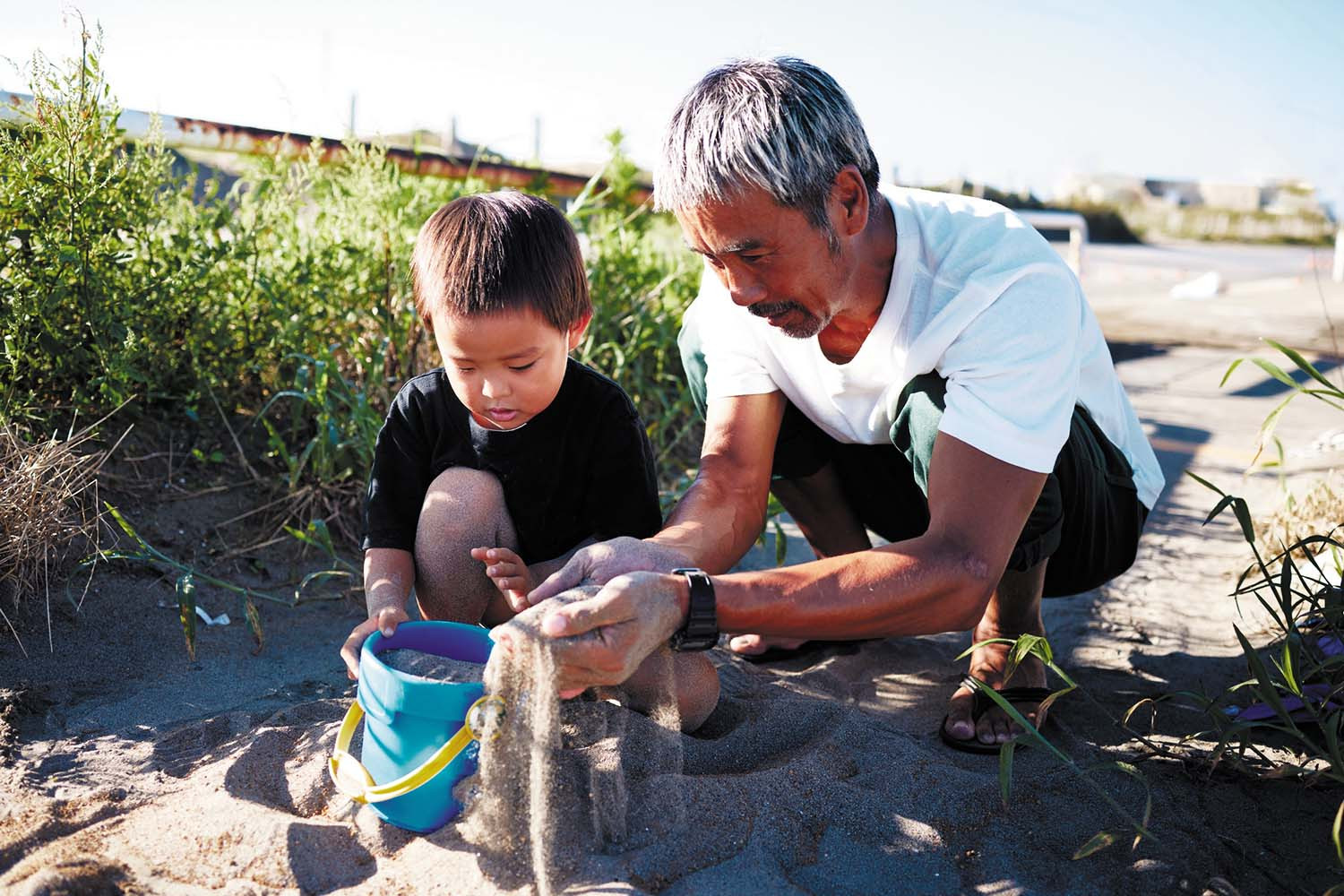Try this: Get low with deep squats
- Reviewed by Howard E. LeWine, MD, Chief Medical Editor, Harvard Health Publishing; Editorial Advisory Board Member, Harvard Health Publishing

In many Asian countries, the deep squat is learned at an early age — knees fully bent, hips flexed, heels down, with the buttocks low to the ground. The posture is used for eating, reading, socializing, relaxing, and some household chores. It's also a sign of fitness as it requires flexibility and mobility at the hips, knees, and ankles, and lower-back strength, to drop into the squat, hold it, and rise.
Most people find a deep squat challenging at first. But with practice, one can enjoy the many benefits of "going low." (Check with your doctor first if you have any knee, ankle, or hip issues.)
1. Position yourself within easy reach of a sturdy waist-high stabilizer, such as a table or chair back.
2. Plant your feet shoulder-width apart or slightly wider with your toes pointed slightly outward.
3. Holding on to the support, slowly lower your weight until you're in a traditional sitting position. Find your balance, and then squat as low as comfortable while still holding the support. Your heels may come off the floor at first, but as you progress, strive to keep your feet flat.
4. Try to hold this position for 10 to 20 seconds and then use the support, if needed, to stand. Rest for a minute and repeat two to three more times, resting in between.
As you progress, try to go deeper into the squat, hold each squat longer, and eventually avoid using any support.
Image: © Maki Nakamura/Getty Images
About the Author

Matthew Solan, Executive Editor, Harvard Men's Health Watch
About the Reviewer

Howard E. LeWine, MD, Chief Medical Editor, Harvard Health Publishing; Editorial Advisory Board Member, Harvard Health Publishing
Disclaimer:
As a service to our readers, Harvard Health Publishing provides access to our library of archived content. Please note the date of last review or update on all articles.
No content on this site, regardless of date, should ever be used as a substitute for direct medical advice from your doctor or other qualified clinician.
















